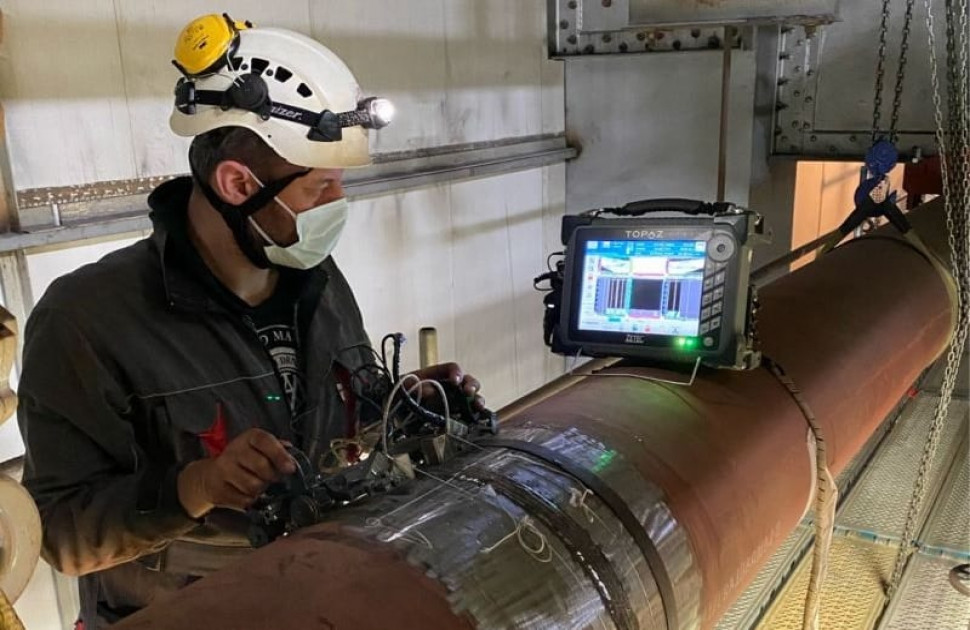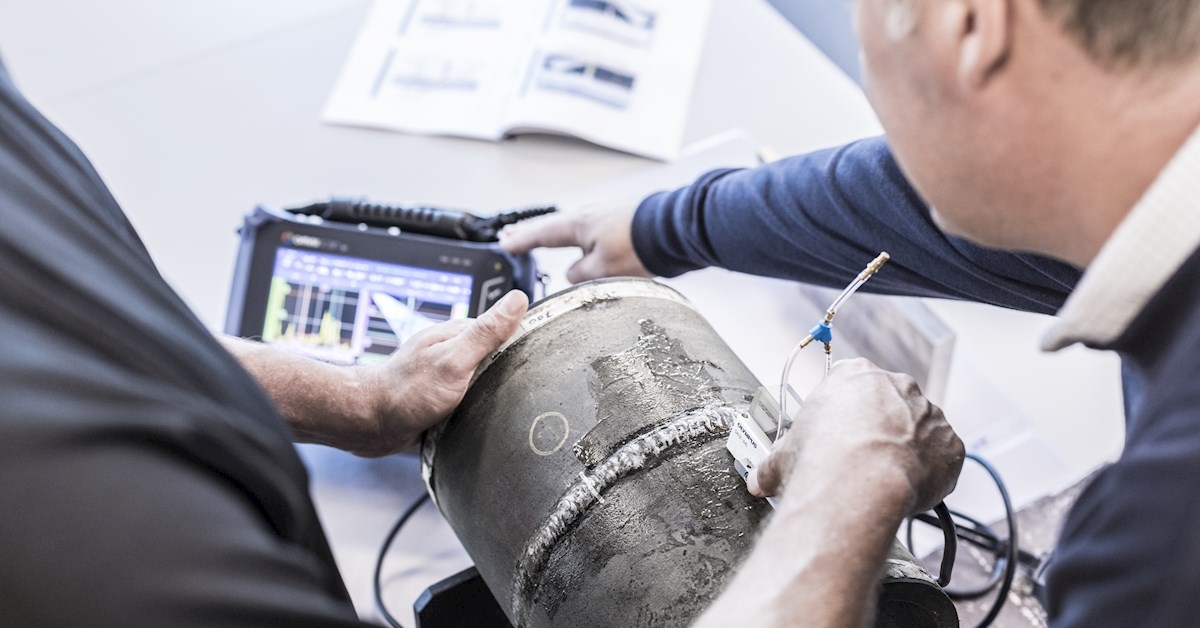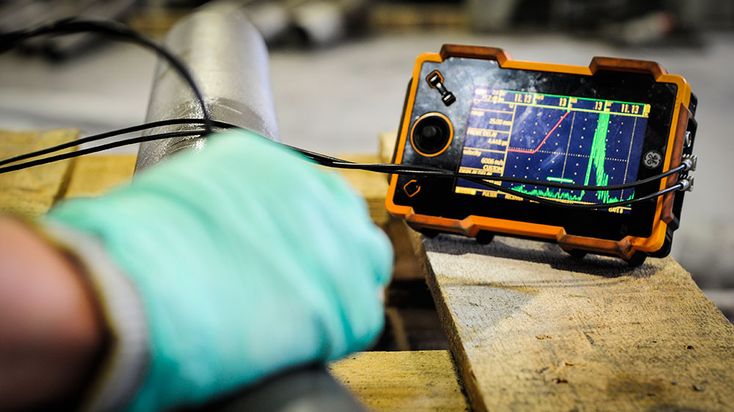In today’s rapidly evolving industrial landscape, the importance of pipeline inspection cannot be overstated. Ensuring the safety and efficiency of pipeline operations is paramount, and one of the critical factors influencing this is the frequency settings for pipeline inspection. This article delves into the various aspects of these settings and their significance in maintaining the integrity of pipelines.

Understanding Pipeline Inspection
Pipeline inspection involves the examination of pipelines to detect defects, corrosion, and other potential issues. Regular inspections are crucial to prevent catastrophic failures, environmental damage, and financial loss. The frequency settings for these inspections play a vital role in determining how often these checks should be conducted.
Why Frequency Matters
The frequency of inspections can significantly impact the reliability and safety of pipeline systems. Frequent inspections ensure that issues are identified and addressed promptly, reducing the risk of pipeline failures. However, setting the right frequency requires a balance between operational efficiency and safety.
Factors Influencing Frequency Settings
Several factors influence the frequency settings for pipeline inspections, including:
Type of Pipeline
The material, age, and purpose of the pipeline can affect how often inspections should occur. For instance, older pipelines or those carrying hazardous materials might require more frequent checks.
Environmental Conditions
Environmental factors such as weather conditions, geographical location, and natural hazards can impact pipeline integrity. Pipelines in harsh environments may need more frequent inspections to ensure they remain in good condition.
Regulatory Requirements
Government regulations and industry standards often dictate the minimum frequency of pipeline inspections. Compliance with these regulations is essential for legal and safety reasons.
Technological Advancements
Advancements in inspection technology can allow for more efficient and accurate inspections, potentially altering the recommended frequency settings. Utilizing cutting-edge tools can optimize inspection schedules and enhance safety.
Setting Optimal Frequency
To determine the optimal frequency settings for pipeline inspections, organizations should consider a combination of the above factors. A risk-based approach is often recommended, where frequency is adjusted based on the level of risk associated with the pipeline.
Risk Assessment
Conducting a thorough risk assessment can help identify potential threats to pipeline integrity and determine the appropriate inspection frequency. This assessment should consider historical data, environmental impact, and pipeline characteristics.
Cost-Benefit Analysis
While frequent inspections can increase costs, they can also prevent costly repairs and downtime. Conducting a cost-benefit analysis can help organizations find a balance between inspection frequency and cost-effectiveness.
The Role of Technology
Modern inspection technologies, such as drones, sensors, and robotics, have revolutionized the way pipeline inspections are conducted. These technologies can provide real-time data and insights, allowing for more accurate and timely assessments.
Automated Inspection Systems
Automated systems can continuously monitor pipelines and alert operators to potential issues. These systems can be integrated with existing infrastructure to enhance inspection frequency and accuracy.
Data Analysis
Advanced data analysis techniques can help predict potential failures and optimize inspection schedules. By analyzing historical and real-time data, organizations can make informed decisions about inspection frequency.
Challenges and Considerations
Despite the benefits, there are challenges associated with setting and maintaining appropriate frequency settings for pipeline inspections. These include:
Resource Allocation
Ensuring that adequate resources are available for inspections can be challenging, especially for large-scale operations. Organizations must allocate resources effectively to maintain optimal frequency.
Regulatory Compliance
Adhering to regulatory requirements while optimizing inspection frequency can be complex. Organizations must ensure that their practices comply with local and international regulations.
Conclusion
In conclusion, setting the right frequency settings for pipeline inspection is crucial for maintaining the safety and efficiency of pipeline operations. By considering factors such as pipeline type, environmental conditions, and technological advancements, organizations can optimize their inspection schedules and ensure compliance with regulations. Embracing modern technologies and conducting thorough risk assessments will further enhance the effectiveness of pipeline inspections.
For more insights on inspection frequencies and technologies, you can visit this external resource and explore the Strobox AI website for additional information.

FAQs
1. How often should pipeline inspections be conducted?
The frequency of pipeline inspections depends on various factors, including pipeline type, environmental conditions, and regulatory requirements. A risk-based approach is recommended to determine the optimal frequency.
2. What technologies are used in modern pipeline inspections?
Modern pipeline inspections utilize technologies such as drones, sensors, robotics, and automated systems to enhance accuracy and efficiency.
3. How can I ensure compliance with inspection regulations?
To ensure compliance, organizations should stay updated on regulatory changes and integrate these requirements into their inspection frequency settings. Consulting with industry experts and utilizing advanced technologies can also aid in compliance.
This article contains affiliate links. We may earn a commission at no extra cost to you.
